





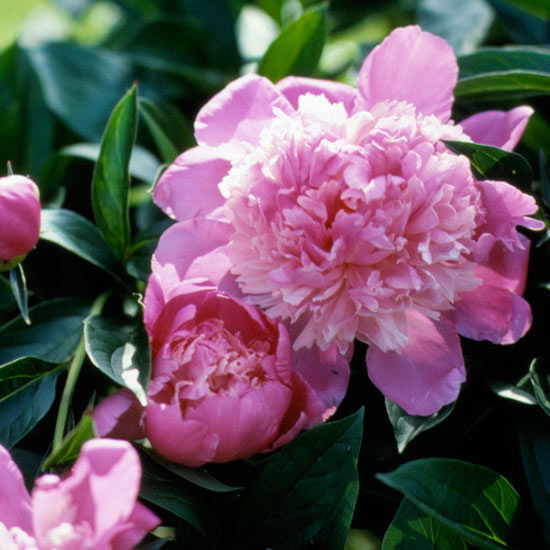
Perennials bought at retail outlets, such as garden centers and hardware stores, as well as many plants purchased through mail-order companies, are usually packed in pots or cell packs. (Some mail-order plants are shipped bare-root.)
Potted perennials are described and priced by their pot diameter. Smaller containers (cell packs) are usually made of plastic and joined together in groups of four or six with each cell containing an individual plant. Sometimes cell packs consist of biodegradable material. That means you can set the plant undisturbed directly into the soil.
Perennials are also sold in undivided flats that are the size of six-cell packs. They generally contain many seedlings, which must be pulled apart before they can be planted; roots are often broken in the process. Unless you have no other choice, avoid buying perennials that are packaged in this manner.
Obviously, when you buy nursery plants through the mail you incur shipping costs. These costs are lower if the plant and the container are small; this is one of the reasons why most mail-order nursery plants are sold in cell packs rather than pots.
continue reading below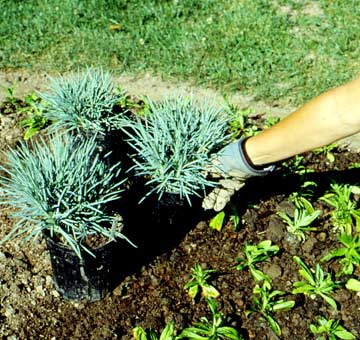 Step 1
Step 1
1. Before planting container-grown plants, set out the plants in their pots to determine the best arrangement. Plants in asymmetrical clubs generally look most natural.
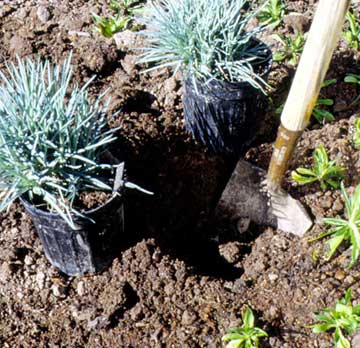 Step 2
Step 2
2. Dig a planting hole deep enough to hold the plant at the same depth it was growing in the container. Remove any rocks of root clumps obstructing the hole.
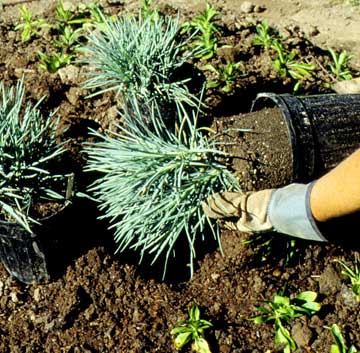 Step 3
Step 3
3. Gently slide the plant out of the pot, first tapping the bottom of the pot with a trowel handle to loosen the root ball if necessary.
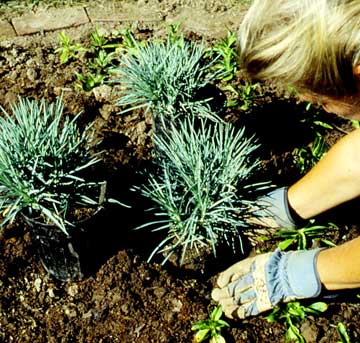 Step 4
Step 4
4. Set the plant in the hole and fill in around the roots with soil. Water; then add more soil if needed to completely fill the hole.
Learn how to use landscaping mulch to protect your plants.
One advantage of buying plants from a mail order nursery is that they often offer plants you can't find elsewhere. If you decide to order some little-known beauties through the mail, make sure the nursery guarantees that the plant is healthy and that it will arrive in good condition. Then follow the planting guidelines discussed below.
An advantage to buying from a garden center is that you can personally inspect the plants to make sure they are healthy and purchase them on the day you plant to place them in your garden. Don't buy perennials that display any of the following signs of disease or neglect.
Copyright © www.100flowers.win Botanic Garden All Rights Reserved